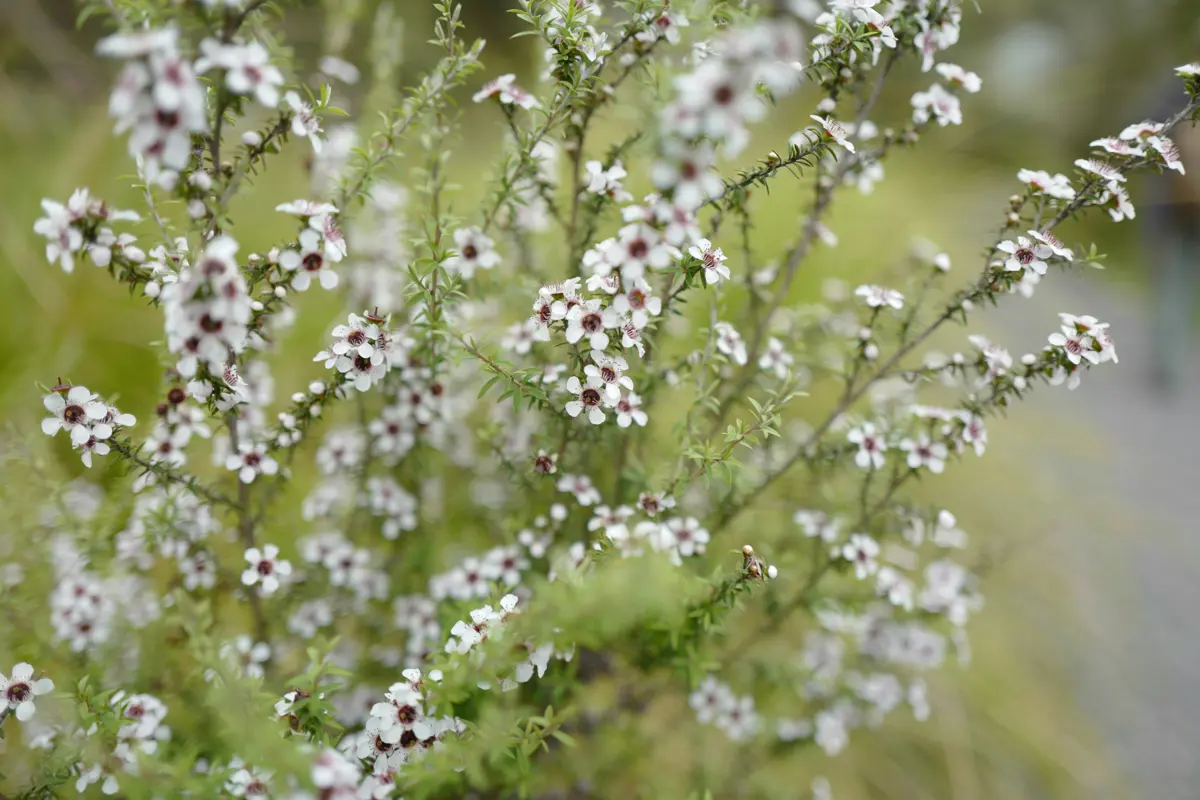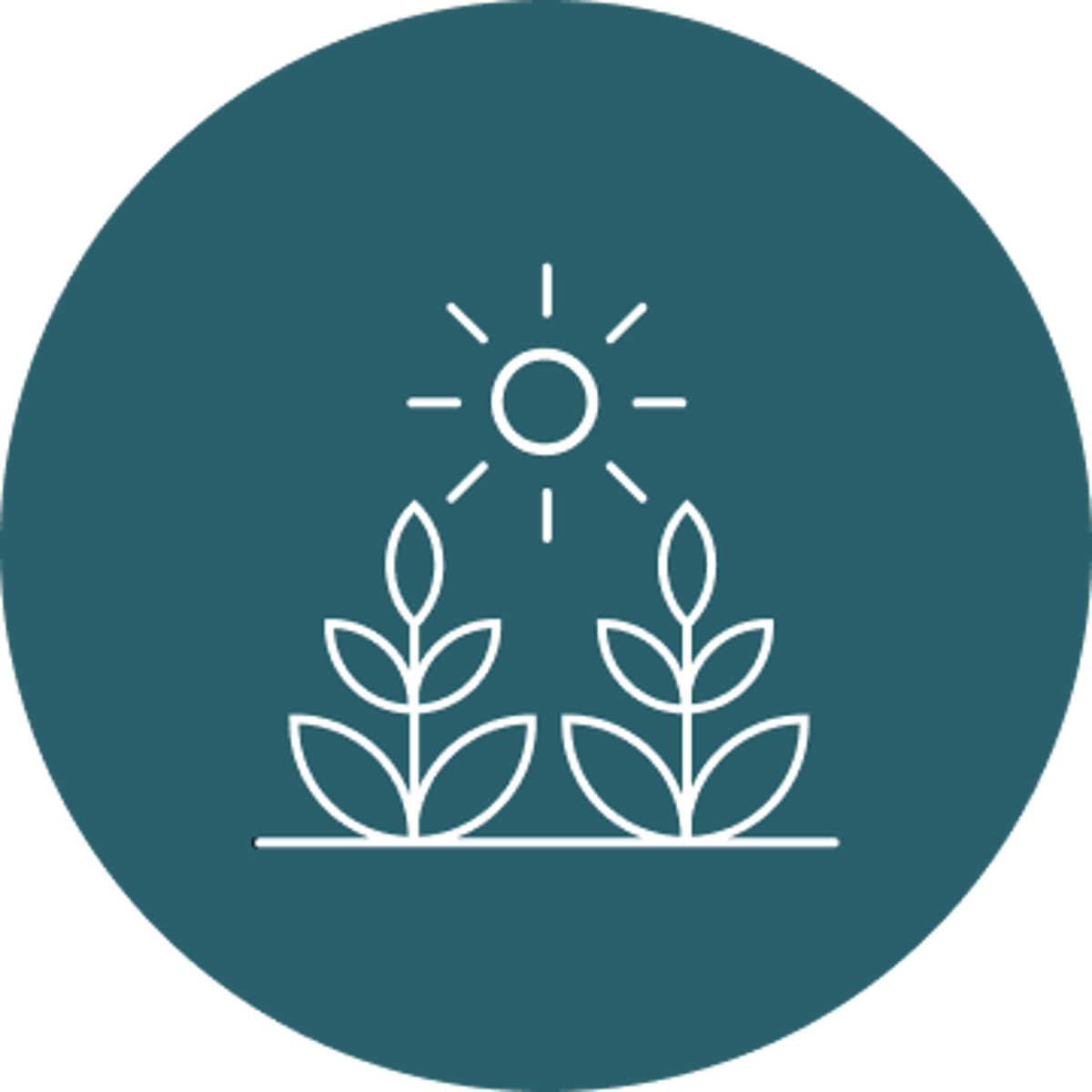
Mānuka is a native shrub in Aotearoa and can thrive across the different land types found here. Mānuka grows best in lowland to low alpine areas.
Priority
Indicator

This factsheet describes the key things you'll need to think about if you're considering growing mānuka on your whenua.
-
-
How to use this information safely
-
The information provided is indicative only. Its purpose is to support initial conversations and for screening and scoping land use options at a local area level, but it is less accurate at the scale of an individual farm. If you want to make land use change decisions for your specific farm or land block you should conduct further feasibility assessments with a suitably qualified consultant.
-
-
Mānuka can grow on almost any soil and climate in Aotearoa. Mānuka prefers wet soils and can tolerate slopes (if the area allows beehive access). North-facing slopes are preferred as they promote more flowering.

-
-
Using this information safely
-
The information on this page is indicative only. You can safely use this information for conversations and for screening and scoping land use options at a local area level, but it is less accurate at the scale of an individual farm. If you want to make land use change decisions for your specific farm or land block you should conduct further investigations or consult an expert.
-
-
About the crop suitability model
-
The information on this page is based on crop suitability models created by researchers at Plant and Food Research in 2021. They used climate data from NIWA and land data from Manaaki Whenua Landcare Research to create the models and then weighted and fine-tuned the results with the help of horticultural experts and industry data.
It is important to understand that the information on this page is indicative only and does not take into account things like existing land uses or pest and disease risk. Because the data is averaged out over a grid it may not take into account small land features or local climate variations.
If you’re comfortable using data and mapping tools or you’d like to explore more about Whitiwhiti Ora and their datasets, visit their website.
-
-
This table shows a per hectare breakdown of how suitable your whenua is to grow mānuka.
The potential yield for mānuka is the most honey that can be harvested from your whenua. This is with ideal growing conditions and proper farming.

-
-
Using this information safely
-
The information on this page is indicative only. You can safely use this information for conversations and for screening and scoping land use options at a local area level, but it is less accurate at the scale of an individual farm. If you want to make land use change decisions for your specific farm or land block you should conduct further investigations or consult an expert.
-
-
About the crop suitability model
-
The information on this page is based on crop suitability models created by researchers at Plant and Food Research in 2021. They used climate data from NIWA and land data from Manaaki Whenua Landcare Research to create the models and then weighted and fine-tuned the results with the help of horticultural experts and industry data. Crop yield values were estimated by experts using published data.
It is important to understand that the information on this page is indicative only and does not take into account things like existing land uses or pest and disease risk. Because the data is averaged out over a grid it may not take into account small land features or local climate variations.
If you’re comfortable using data and mapping tools or you’d like to explore more about Whitiwhiti Ora and their datasets, visit their website.
-
-
This table shows a per hectare breakdown of potential kilograms of honey per hive per year.
-
Share discoveriesYour PDF is Processing
A new tab will open shortly and will take approximately 30 seconds to generate your PDF. Please Do Not close your browser.

